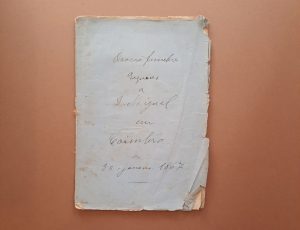

Among other works, she wrote “Contos Impopulares” (1951), “A Sibila” (1954), “A Muralha” (1957), “Ternos Guerreiros” (1960), “Embaixada a Calígula” (1961), “Os Quatro Rios” (1964), “A Brusca (1971), “Santo António” (1973), “As Pessoas Felizes” (1975), “As Fúrias” (1977), “Florbela Espanca” and “Fanny Owen” (1979, with the latter being made into a film by Manoel de Oliveira, in 1981 under the title «Francisca»), “O Mosteiro” (1980), “Sebastião José” (1981), “Os Meninos de Ouro” (1983), “Adivinhas de Pedro e Inês” (1984), “A Corte do Norte” (1987), “Aforismos” (1988), “Eugénia e Silvina” (1989) and “Vale Abraão” (1991, also adapted into a film made by Manoel de Oliveira in 1993).


Maria II.Īpart from writing novels, she also compiled biographies on some historical figures from different fields. She was a member of the Communità Europea degli Scrittori (Rome, 1961-1962) and directed the Porto newspaper “O Primeiro de Janeiro” as well as the National Theatre D. Receiving several literary awards, she was honoured with the Order of Santiago (1979) and has been a member of Lisbon’s Science Academy since 1989. Her literary debut was in 1948 with the text “O Mundo Fechado”, however her first non-published novel was written when she was merely 16 years old. She is one of the most important figures in Portuguese contemporary novels, cooperating with many magazines throughout the years. Este ano compartilhamos na celebração dos 95 anos da vida da escritora portuguesa, Agustina Bessa-Luís. Agustina Bessa-Luís is a Portuguese writer born in Vila Meã, Amarante. Agustina Bessa-Luís (1984) Foto: Emanuel Melo.


 0 kommentar(er)
0 kommentar(er)
